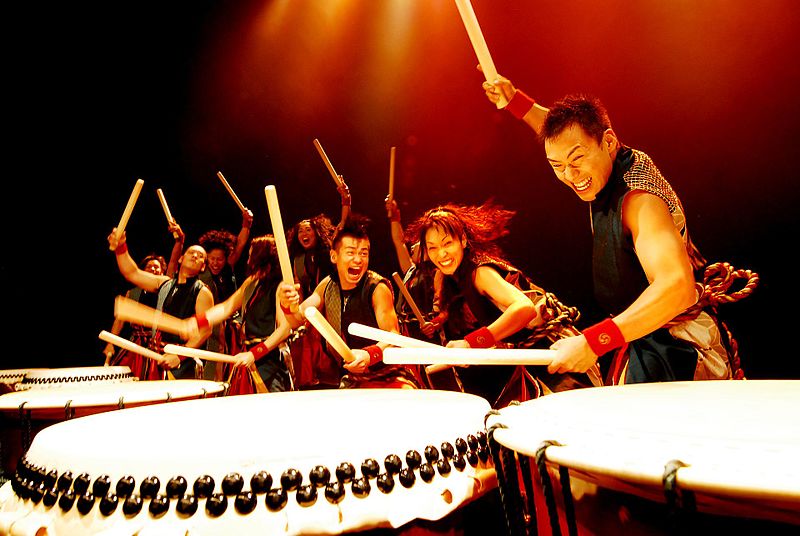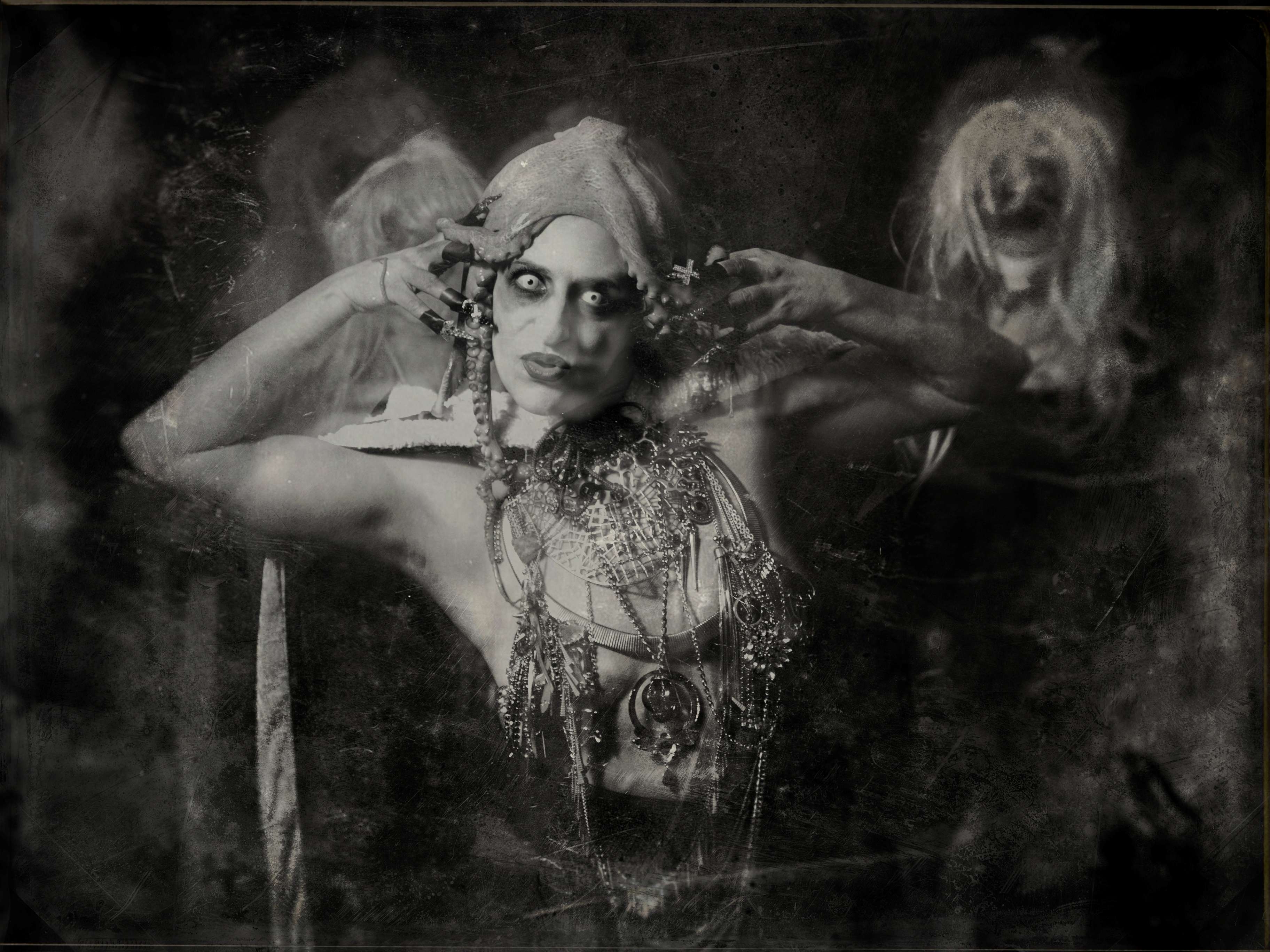Internationally renowned Yamato Drummers will return to Brighton Dome to perform their new show, Jhonetsu – Passion. The group have immense skill in traditional, Japanese Taiko drumming which they share with global audiences during high-energy performances.
Yamato started in 1993 to preserve the Taiko art; this style of drumming is particularly physically challenging with performers undergoing endurance training. Trailblazers in Taiko drumming, Yamato has shirked the historically patriarchal domination of this drumming style by including female drummers from the start.
This is one leg on their three-week tour of the UK, following the highly successful 2017 UK tour. The group will also perform at London’s Peacock Theatre for those who can not make their unmissable new show in Brighton.
If you’d like a taste for what’s to come, read the interview with drummer Gen Hidaka below.
How old were you when you first saw the Yamato Drummers?
I first saw the Yamato Drummers when I was 21 – I had the opportunity to visit Switzerland
and while I was there a friend gave me a birthday present and it was a ticket to one of
Yamato’s shows.
At the time I had no idea about Taiko drumming or Yamato at all, and to be honest my friend
and I went to theatre without any big expectations. I then saw them perform and I was quite simply blown away. I had never experienced a feeling like it in my life – my heart was beating in time with the sound of the Taiko drumming.
I was just sitting there and watching the performance, but for some reason I also felt proud
of myself as a Japanese person. They made me feel proud and encouraged me to live
confidently – they changed my life that day completely.
How did you get involved?
After I graduated from college in Canada, I took a chance and simply called the Yamato office
and asked if I could join. My concern was the fact I had no prior experience or knowledge of
Taiko drumming, however it turned out not to be an issue at all. The Yamato team invited me
to come to their place and live with them for a while – so I took the plunge and it was not
long after that I joined the group.
For Yamato, the technique and experience of Taiko drumming were not important – being
able to live together is more important than anything else.
What was it that attracted you to drumming?
The energy, the beauty of the movement, the funny moments, and the communication
between us – the ‘do your best’ kind of mentality.
What do you love about the UK?
Driving in the left lane! It’s just like it is in Japan which makes it a lot easier for us. Your fish
and chips are really good, and some of our members enjoy the beer too! Also, the beautiful
scenery throughout the country, it’s quite different to Japan.
What training is involved in becoming one of the Yamato drummers?
There’s a 10km run every morning through the mountains in Japan, followed by weight
training using one of the taiko [drums] called Shime-daiko that weighs about 12kg. We then
practice Taiko drumming throughout the day until we have to stop at night due to the loud
noise – we don’t want to disturb the neighbours! We also need to be able to cook and clean
because we all live together.
How does this differ to other forms of drumming?
Yamato drumming is not just traditional music – our music is modern, and all composed by
our Artistic Director Masa Ogawa. We consider Yamato drumming to be more like a sport –
we lose about 2kg every tour which is just as much as a boxer. It’s complete entertainment so
everyone from children to adults can enjoy our show.
What are the drums made out of, how many are used in the show, and how many drum sticks?
Taiko drums all vary in size, made in similar ways with either tackled or laced heads with
interesting histories. For example, the Miya-daiko is a beer-barrel shaped drum made from
one big piece of wood, and was brought to Japan from China through Korea around the 15 th
century. The Shime-daiko is a small drum often used for high pitched, fast rhythm
drumming and originates from Kudara (Korea) during the 6 th century.
We also use other instruments such as the Chappa – small bronze cymbals which originate
from China. We also use the Koto – a stringed instrument, usually used played for court
music, and made from a hollowed-out Paulownia tree, ideally 40-50 years old with a 40cm
diameter.
In total there are about 50 drums and about 100-200 drums sticks used in each show. We
have performed more than 3,500 shows in 54 countries to over 7 million people.
How many drummers and how many costume changes are there in the show?
There is usually anywhere between 8 – 12 drummers on stage, with only 1 costume change.
The drummers will appear at Brighton Dome Concert Hall on Friday 15 February at 7.30pm (doors 6.45pm).





I too am blown away by the sound, beauty and precision—having seen Yamato 6 times, inspired and loving each performance. Hopefully I will get to attend another. I am planning to be a drummer in my next life.